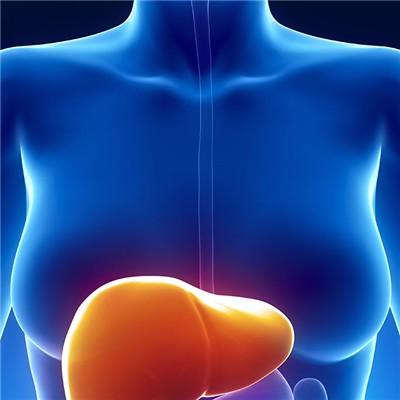What are the symptoms of mucopolysaccharide storage disease in children?
summary
Mucopolysaccharidosis (MPS) is a group of congenital genetic diseases. Due to the lack of mucopolysaccharide degrading enzyme, acidic mucopolysaccharide can not be completely degraded, resulting in the accumulation of mucopolysaccharide in different tissues of the body, resulting in a series of clinical symptoms and signs, such as skeletal deformity and intellectual impairment. What are the symptoms of mucopolysaccharide storage disease in children? Let's talk about it now.
What are the symptoms of mucopolysaccharide storage disease in children?
Mucopolysaccharidosis type I-h (Hurler syndrome) is the most serious type. It often dies around the age of 10 years. The disease is due to lack of blood glucose α- L-iduronidase causes the accumulation of dermatan sulfate and heparin sulfate in the body, and affects the whole body organs such as cornea, cartilage, bone, skin, myocardial intima, vascular connective tissue, etc. The clinical features include low intelligence, ugly face, hepatosplenomegaly, bone disease, cardiovascular disease, corneal opacity and deafness. In the peripheral blood leukocytes and lymphocytes, hyperchromatic granules of different sizes and shapes can be seen, sometimes in vacuole shape. A large amount of acidic mucopolysaccharide (> 100mg / D, normal for 3-25mg / D) can be excreted in urine.

The clinical severity of mucopolysaccharidosis type II (Hunter syndrome) is similar to mucopolysaccharidosis type i-h. it starts at 2-6 years old with special facial features and skeletal deformities, but no beak like deformity of the spine. There was no corneal opacity. The patient is backward in intelligence, progressive deafness, congestive heart failure, hepatosplenomegaly.

Mucopolysaccharidosis type III (Sanfilippo syndrome) can be divided into four subtypes, which are caused by four different enzyme defects. Type Ⅲ a was sulfatase deficiency and type Ⅲ B was sulfatase deficiency α- N-acetylhexosaminidase deficiency, type Ⅲ C is the most common α- Glucosamine N-acetyltransferase deficiency, type Ⅲ D was n-acetylglucosamine-6-sulfatase deficiency. The above four enzymes are needed for the degradation of heparin sulfate. Therefore, when these enzymes are deficient, heparin sulfate will accumulate in the body and increase the excretion in urine. Clinically, the child's development is still normal within one year old, and then gradually appears language and behavior disorders, growth and development is backward. In childhood, neurodegenerative diseases are obvious, including hepatosplenomegaly, hernia, ugly face, ankylosis of joints, etc.

matters needing attention
Mucopolysaccharide deposition is due to the congenital defects of lysosomal acid hydrolase. Besides effective marriage prevention, there is no effective preventive measure to avoid the consanguineous marriage and reduce the incidence rate of inherited diseases.
















